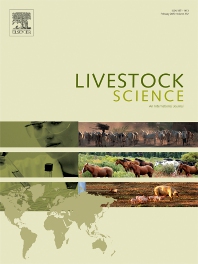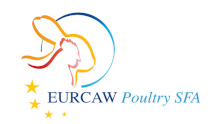Document type : Online pre-publication of a scientific paper in Livestock Science
Franciely de Oliveira Costa, Tiago S. Valente, Luciandra Macedo de Toledo, Luis Alberto Ambrosio, Marcia del Campo, Mateus J. R. Paranhos da Costa
Preview: Neonate calves are usually handled a day after birth for navel care and identification. During this procedure the newly calved cows usually become agitated and, in some cases, exhibit aggressive behavior toward humans, increasing the risk of accidents for both, humans and animals. In order to understand the dynamic relationships between cow, calf, and cowhand's behavior expressed in this particular situation, a conceptual model was built by using the system dynamics methodology. Three dynamic hypotheses were formulated regarding the cause-effect relationship between: i) livestock-handling quality and maternal aggressiveness; ii) livestock-handling quality and newborn calf reactivity, and; iii) newborn calf reactivity and maternal aggressiveness. The first two hypotheses indicated that the improvement (increase) in handling quality will cause an effect in the opposite direction, decreasing cow's aggressiveness and calf's reactivity towards the cowhands. The third hypothesis indicated that the greater the calf's reactivity, the greater will be the cow's aggressiveness, interconnecting cow-calf behaviors. Moreover, the cow, calf, and cowhand subsystems are also comprised of other variables such as human and animal welfare and the occurrence of labor accidents. The combination of these three subsystems constituted a complex general dynamic model highlighting the connection among all agents involved in newborn handling procedure. Despite the complexity it is possible to identify components that promote, simultaneously, human and animal welfare when carrying out newborn calves handling procedures, offering opportunities to develop and adopt system management strategies. In this way, to reduce the risks of labor accidents and the impoverishment of overall welfare it is necessary to focus on three different factors, as follow: i) human behavior, ii) animal behavior, and iii) handling facilities. Thus, it is recommended to implement human capacity-building courses, the culling of aggressive cows and the use of appropriate facilities for the handling of newborn calves.




